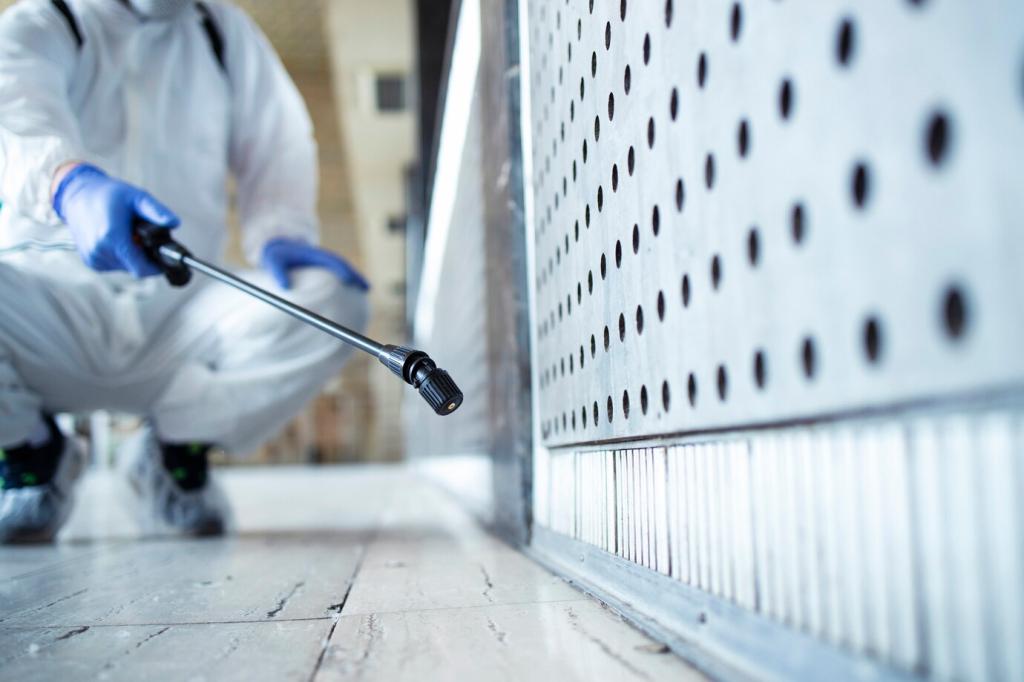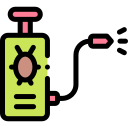DIY Solutions for Pest-Free Furniture
Chosen theme: DIY Solutions for Pest-Free Furniture. Welcome to a practical, uplifting space where we protect what makes your home feel like home. Learn approachable fixes, smart prevention, and stories that prove you can outsmart pests with confidence. Subscribe for fresh, hands-on guidance.
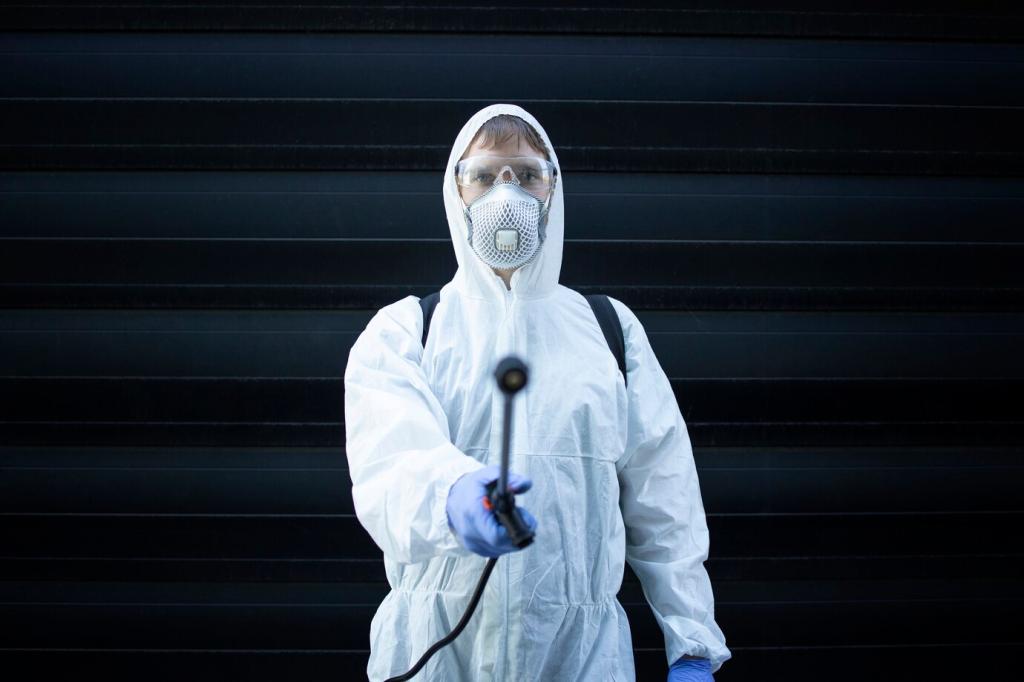
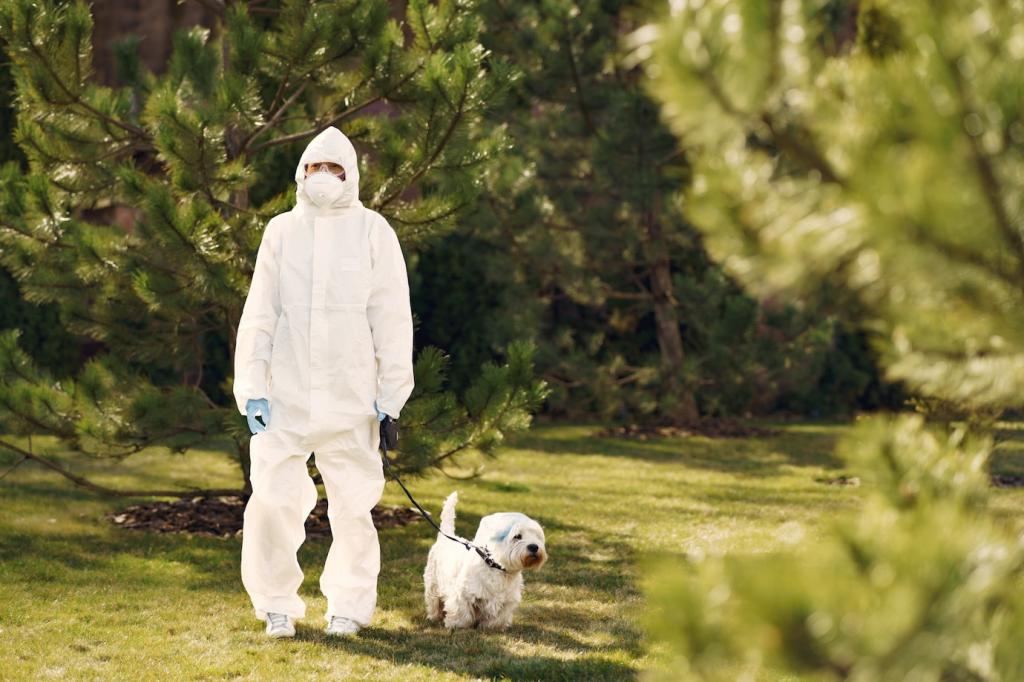

Identify Furniture Pests with Confidence
Bed bugs hide in seams and bite in linear or clustered patterns, leaving rust-colored spots on fabric. Fleas jump, prefer pets, and leave tiny black specks that smear red when wet. Observe movement, bite patterns, and hiding places before acting decisively.
Identify Furniture Pests with Confidence
Powderpost beetles leave pinhead exit holes and talc-like frass that refills after cleaning. Active infestations may show new powder trails beneath furniture. Inspect undersides, drawer backs, and unfinished wood edges, where vulnerable, untreated surfaces can invite silent but persistent damage.
Prevention Blueprint: Clean, Seal, and Quarantine
Use a crevice tool along seams, tufts, and screw joints, and an upholstery brush on cushions. Bag HEPA vacuum contents immediately to prevent re-infestation. Finish with a lint roller on tight spots. Share your go-to attachments for tricky corners and legs.

Lightly dust food-grade diatomaceous earth into cracks and crevices, not broad surfaces. Wear a mask, avoid drafts, and keep pets away from treated zones. Vacuum residue after several days. This slow, mechanical method works best when paired with diligent cleaning.
Natural, Low-Toxicity Tactics That Pull Their Weight
Cedarwood, peppermint, and lavender can repel pests when diluted and tested on inconspicuous fabric areas. Use as a complement, not a stand-alone cure. Mist lightly along base fabrics and wooden seams. Be mindful of pets and sensitivities, and track what truly helps.
Natural, Low-Toxicity Tactics That Pull Their Weight
Targeted DIY Treatments by Material
For suspected beetles, vacuum frass, mark hole locations, and monitor for new powder. Apply a borate-based wood treatment on unfinished areas when appropriate, then seal vulnerable edges. Stabilize humidity to discourage reinfestation. Keep a dated log to confirm progress over weeks.
Targeted DIY Treatments by Material
Steam seams, tufts, and zipper lines slowly, then vacuum after drying. Wash removable covers on hot if fabric allows. Encase cushions in tightly woven liners to deter reinvaders. Combine with interceptors under legs to break movement paths around seating zones.
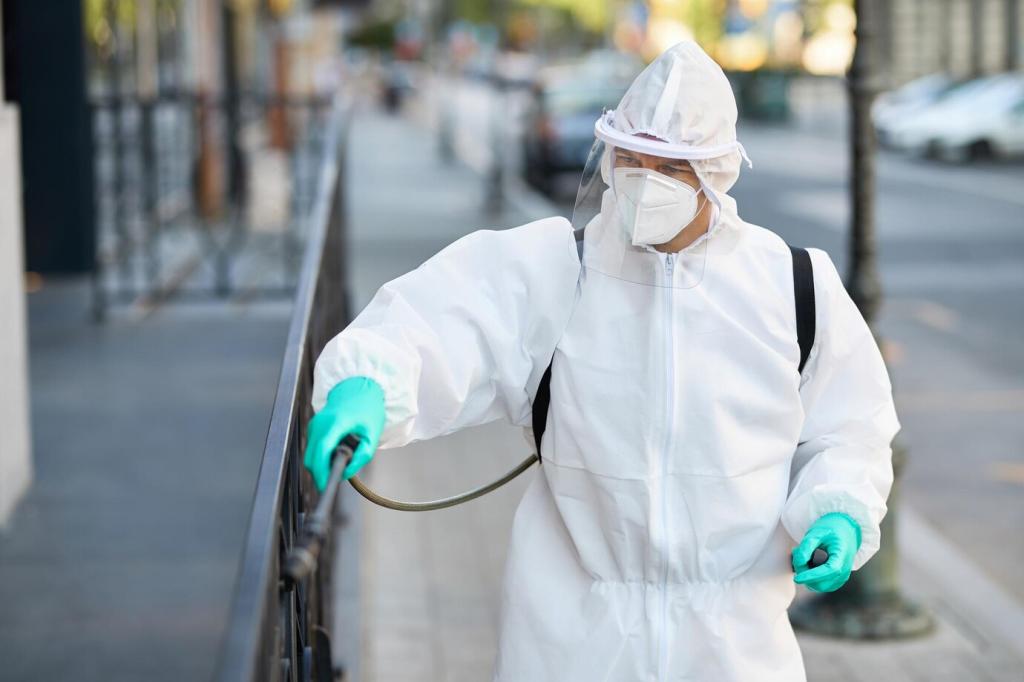

Ongoing Monitoring and Early Warning Wins
Sticky Traps and Interceptors
Position discreet sticky traps behind furniture and interceptors under legs to track movement. Label each with a date, room, and furniture name. Photograph findings monthly. Small, steady notes reveal patterns you might otherwise miss entirely.
Routine Inspection Ritual
Once a month, use a flashlight and credit card edge to sweep seams, screw joints, and underside fabrics. Note odors, new frass, or fabric thinning. Five focused minutes per piece beats hours of crisis cleaning later in the season.
Create a Digital Pest Log
Keep a simple note with photos, dates, and observations for each furniture item. Trends guide smarter interventions and prevent redundant treatments. If you build a template, share it; we will feature helpful layouts for the community.
Anecdote: The Weekend Rescue of a Cedar Chest
They vacuumed gently, logged fresh frass for two days, then avoided heavy oils that could trap moisture. A bright work light revealed more holes along an unfinished edge. Their comment afterwards: documenting calmly kept them from guessing and over-treating.
